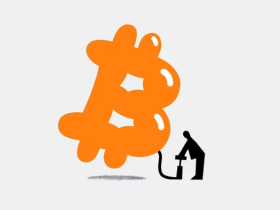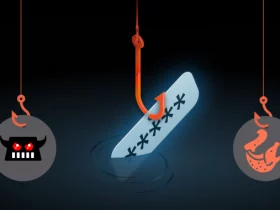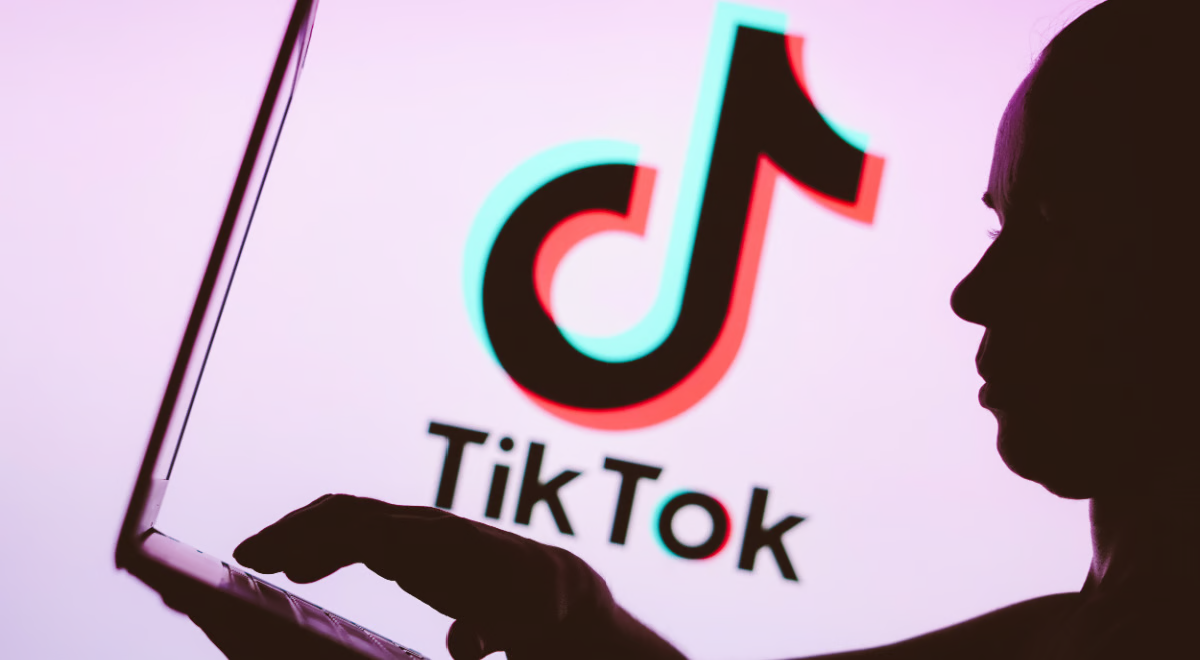In 2020, TikTok enabled a shopping feature that allowed businesses to connect their stores to the platform. 48% of users have purchased a product they saw on TikTok, The Better Than Business Bureau (BBB) reported.
The largest demographic of TikTok users is between 10 and 19 years old, meaning that young people could be at risk of being scammed, experts at QRFY found.
QRFY is a QR code creation service that allows users to generate, manage, and statistically track their QR codes.
TikTok defines scams as “fraudulent and deceitful acts that can take place online” and typically involve exploiting an individual for monetary gain.
QRFY has identified several ways to protect individuals from unwanted social media scams.
Do your research and trust verified sellers
Research the seller looking for contact information and store engagement. This will help you to verify the legitimacy of the seller.
Verified sellers often have a blue tick mark on their page, demonstrating their validity. Always check reviews and avoid sellers that don’t have reviews from legitimate accounts.
Contact information like emails, phone numbers, and business websites of legitimate sellers should be accessible, and legitimate sellers should be responsive when contacted.
Don’t trust everything you see
Often, individuals are paid to promote products on TikTok – these ads might not reflect the true opinions of the user and may be misleading.
“TikTok sellers operate under full transparency, meaning ads are properly labeled,” QRFY states.
Therefore, buyers should recognize an ad and refrain from making impulse purchases. If a product is too good to be true, consider researching the product, and don’t buy impulsively.
TikTok protections and its limitations
Buyers should be aware of TikTok protections and understand that illegitimate sellers can easily bypass them.
“The app offers refunds within 30 days for products that never arrive, are defective, or do not match their description,” QRFY states.
If you believe a seller is fraudulent, contact TikTok and report the account.
Users should use secure payment methods such as PayPal or credit cards when purchasing items, as these methods offer a level of protection.
TikTok supposedly vets sellers, but creating a fraudulent shop is all too easy, QRFY adds.
High risk
Certain products, such as electricals, carry a high risk, as they aren’t regulated like in a regular shopping environment. These products have the potential to be unsafe or faulty.
These products are often expensive, and users could risk losing money if they’re illegitimate. Anything perishable, such as health and beauty products, may be unsafe as they may not have undergone the proper safety regulations. Be conscious when shopping – if fraudulent activity could lead to distress, consider other buying options.
Trust your gut
Expensive products for inconceivably low prices are likely too good to be true. Trust your instincts while shopping and avoid purchasing designer or expensive items that could be counterfeit. If a TikTok shop doesn’t feel legitimate or lacks professionalism, seek other vendors.
Weigh up the risk factor and assess whether what you intend to buy is legitimate. Exercise common sense when making purchases online. Cybernews is awaiting a comment from TikTok on the topic.




























Leave a Reply